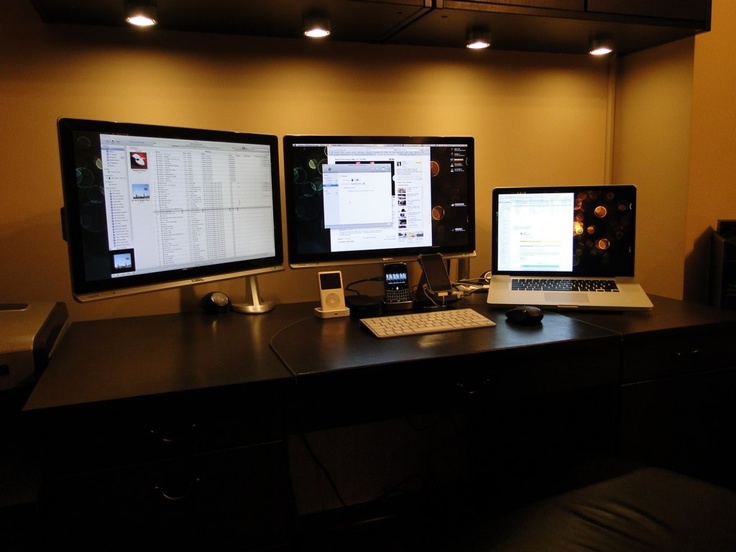The internet is a necessity nowadays, not a luxury, yet there are still plenty of logistical wrinkles to iron out. We’re not happy with overall internet speeds or slow uploads, and no one can stand data caps. We also hate problematic Wi-Fi and poor LTE coverage. At the same time, internet consumption is at an all-time high and it’s only increasing.
Thankfully, it looks like one company has figured out how to deliver internet speeds as fast as fiber to your home without actually needing fiber optic cables to do it. And it’s not just an experiment that works in a lab — it’s a product that’ll soon be deployed, with AT&T being one of the first companies to use it.
DON’T MISS: This hidden iPhone trick just became my new favorite feature
G.Fast is the technology in question, and it comes from Israeli chipmaker Sckipio. G.Fast can currently deliver download and upload speeds of 750Mbps, or 50 times faster than what your ISP likely offers you right now. Next year, G.Fast speeds will double thanks to a new generation of chips, CNN Money reports. That means you could enjoy up to 1.5Gbps download and upload speeds, which is faster than Google Fiber.
The best part about this technology is that it works over regular phone lines, which means it can be deployed in most cities without having to throw huge amounts of cash at new infrastructure. Rather than digging up roads and yards for fiber and rewiring buildings, internet companies would be able to take advantage of the technology that’s already available to them: Regular old phone lines and coaxial cables.
G.Fast technology will be available in the US later this year via AT&T, which is looking to pair it up with the cable infrastructure it got when it bought DirecTV. G.Fast won’t be available nationwide initially, but Sckipio says that a single phone company could roll it out to the entire country in just four years.
Other advantages of G.Fast include its ability to sustain high speeds even in crowded areas like apartment buildings. DSL internet can lose up to 90% of its speed by the time it reaches modems in buildings, but G.Fast would only lose 5% to 10% on the same trip.
As for cost, bringing fiber from the street to homes can cost as much as $100,000, the Israeli company says. The boxes on the street that need to be installed for G.Fast cost $70,000 each, and it costs nothing to bring the signal to a home.








